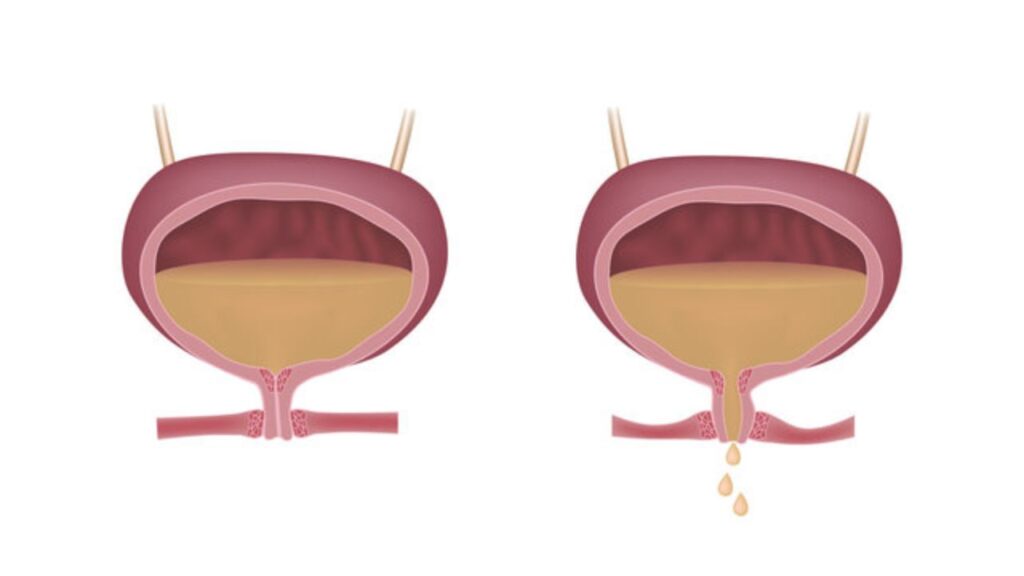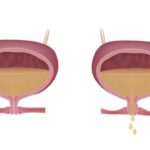
Urinary incontinence, or the involuntary leakage of urine, is a common yet often overlooked health issue among women. It can significantly impact daily life, causing embarrassment and limiting social activities. If you are experiencing urinary incontinence, you are not alone—millions of women worldwide face this challenge. Fortunately, effective treatments and lifestyle adjustments can help manage the condition. In this blog, Dr. Rajesh Dhake, one of the best urologists in Pimple Saudagar and Pune, explains the causes, treatment options, and practical lifestyle changes for female urinary incontinence.
Understanding Female Urinary Incontinence
Urinary incontinence occurs when the muscles controlling bladder function weaken or fail. This condition can affect women of all ages, but it is more common after pregnancy, childbirth, and menopause due to hormonal changes and muscle weakening.
Types of Urinary Incontinence
- Stress Incontinence: This happens when pressure on the bladder, such as coughing, sneezing, or lifting heavy objects, causes leakage. It results from weakened pelvic floor muscles.
- Urge Incontinence (Overactive Bladder): A sudden, intense urge to urinate followed by involuntary leakage. It occurs due to abnormal nerve signals to the bladder.
- Mixed Incontinence: A combination of both stress and urge incontinence.
- Overflow Incontinence: The inability to empty the bladder completely, leading to frequent dribbling.
- Functional Incontinence: Occurs when physical or cognitive impairments prevent timely access to the bathroom.
Causes of Female Urinary Incontinence
Several factors contribute to urinary incontinence in women, including:
- Pregnancy and Childbirth: Vaginal delivery can weaken pelvic muscles and damage nerves, leading to incontinence.
- Menopause: Decreased estrogen levels can lead to thinning of the bladder lining and weakened muscles.
- Aging: Bladder muscles weaken with age, reducing the ability to hold urine.
- Obesity: Excess weight increases pressure on the bladder and pelvic floor muscles.
- Chronic Coughing: Conditions like asthma or smoking-induced coughing can strain pelvic muscles.
- Urinary Tract Infections (UTIs): Temporary incontinence can occur due to infections irritating the bladder.
- Neurological Disorders: Conditions like multiple sclerosis, Parkinson’s disease, or stroke can interfere with bladder control.
Treatment Options for Female Urinary Incontinence
Dr. Rajesh Dhake, a renowned urologist offering expert urological services in Pimple Saudagar and Pune, provides several treatment options tailored to the patient’s condition and severity.
1. Medications
Certain medications can help manage incontinence by improving bladder function. These include:
- Anticholinergics: Reduce bladder spasms and treat overactive bladder.
- Topical Estrogen: Strengthens tissues in the urinary tract to improve control.
- Mirabegron: Relaxes bladder muscles, increasing storage capacity.
2. Pelvic Floor Exercises (Kegels)
Strengthening pelvic muscles through Kegel exercises can help prevent urine leakage. These involve contracting and relaxing pelvic muscles multiple times a day.
3. Bladder Training
Bladder training involves scheduled urination to gradually increase the time between bathroom visits, helping improve bladder control.
4. Minimally Invasive Procedures
- Botox Injections: Help relax overactive bladder muscles.
- Pessary Devices: Small devices inserted into the vagina to support the bladder.
- Nerve Stimulation: Electrical stimulation of bladder nerves can help control urge incontinence.
5. Surgical Treatments
For severe cases, surgery may be recommended, such as:
- Sling Procedures: A mesh or tissue sling is placed under the urethra to provide support.
- Bladder Neck Suspension: Helps keep the bladder in the correct position.
- Artificial Urinary Sphincter: A device implanted to control urine flow.
Lifestyle Adjustments to Manage Urinary Incontinence
Besides medical treatments, making certain lifestyle changes can improve bladder control:
1. Maintain a Healthy Weight
Losing excess weight can reduce pressure on the bladder and pelvic muscles, minimizing incontinence episodes.
2. Limit Caffeine and Alcohol
Caffeine and alcohol can irritate the bladder and increase urine production. Reducing intake can help improve symptoms.
3. Stay Hydrated (But Manage Fluid Intake)
Drinking sufficient water is important, but excessive fluid intake can worsen incontinence. Spacing out hydration throughout the day can help.
4. Quit Smoking
Smoking leads to chronic coughing, which weakens pelvic muscles and worsens incontinence.
5. Practice Timed Voiding
Going to the bathroom at regular intervals, even if you don’t feel the urge, can help train the bladder.
6. Use Absorbent Pads or Protective Underwear
While not a solution, absorbent pads can help manage accidents discreetly.
When to See a Urologist?
If urinary incontinence is affecting your daily life, it’s time to consult an expert. Dr. Rajesh Dhake, one of the best urologists in Pimple Saudagar and Pune, specializes in treating urinary disorders and provides state-of-the-art urological services in Pimple Saudagar and Pune. With advanced diagnostic tools and personalized treatment plans, Dr. Dhake can help restore your confidence and improve your quality of life.
Summary
Female urinary incontinence is a treatable condition that should not be ignored. By understanding its causes, seeking the right treatment, and making lifestyle modifications, women can regain control over their bladder health. If you or a loved one is struggling with urinary incontinence, don’t hesitate to reach out to Dr. Rajesh Dhake, the best urologist in Pune, for expert care and guidance.




